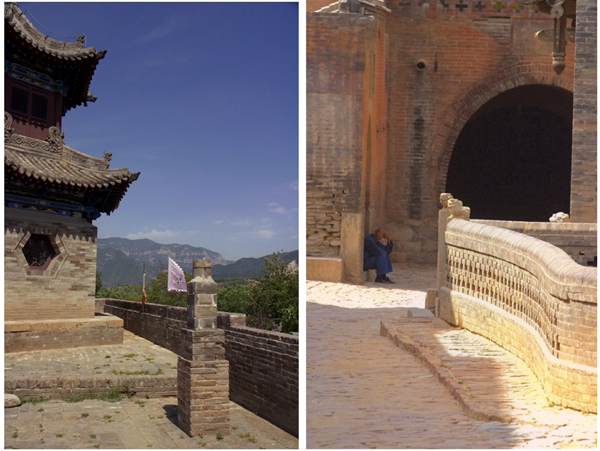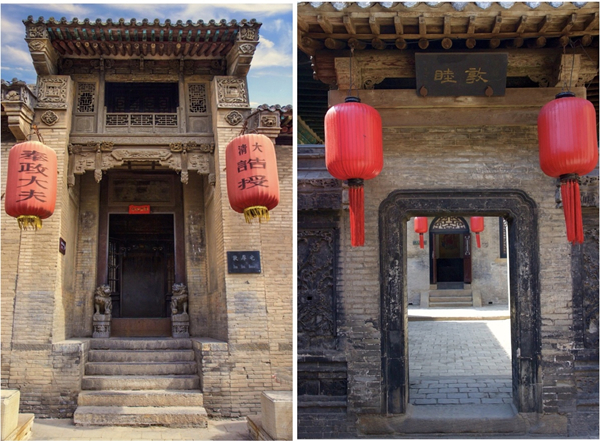Shanxi - a passionate journey to the Yellow River
Updated: 2019-05-22
Zhangbi Village in 2016 [Photo by Bruce Connolly/chinadaily.com.cn]
In my earlier days there were also preconceptions of Shanxi being quite far away, across a mountain range, indeed more part of northwestern China? However the country's investment in high-speed rail results in Taiyuan now being under three hours from Beijing. Particularly the section between Hebei's Shijiazhuang and Taiyuan there some amazing engineering achievements with lengthy tunnels piercing upland areas allowing high-speeds to be maintained. Catering mainly for the new train system Taiyuan South Station is modern, spacious, efficient and an now an excellent gateway to the city.
Unfortunately I did not spend much time in Taiyuan. But it was enough to experience its distinctive noodle-based cuisine, which comes in a variety of sizes, shapes and flavors along with exploring landscaped stretches of the Fen River that bisects the city.
Grand doorways and red lanterns are features of historic homes such as Qiao Family Courtyard 2016. [Photo by Bruce Connolly/chinadaily.com.cn]
Historically, Shanxi was a major center for business growth, particularly during the Qing Dynasty (1644-1911), with China's fledgling banking system initially growing in Pingyao before spreading across other parts of China.
Through parts of the province, large courtyard mansions, some of which I fortunately visited remain as testimony to their wealth. 42 Kilometres from Pingyao sits the Qiao Family Courtyard also known as Zai Zhong Tang whose owner Qiao Zhiyong was a prominent financier during the Qing Dynasty. Indeed walking through just some of its 313 rooms and 6 prominent courtyards it is easy to imagine the wealth of that period. So grand that its main entrance was created in the form of the gates of an older Chinese city. Surrounded by a 10 metre tall green brick wall the compound, represents a northern China style of dwelling. Both exquisite and well-preserved, the many major films shot includes a classic of Chinese cinema, 'Raise the Red Lantern'. An excellent and indeed popular place to visit it is indeed a venue to learn and study more of domestic folk customs.





